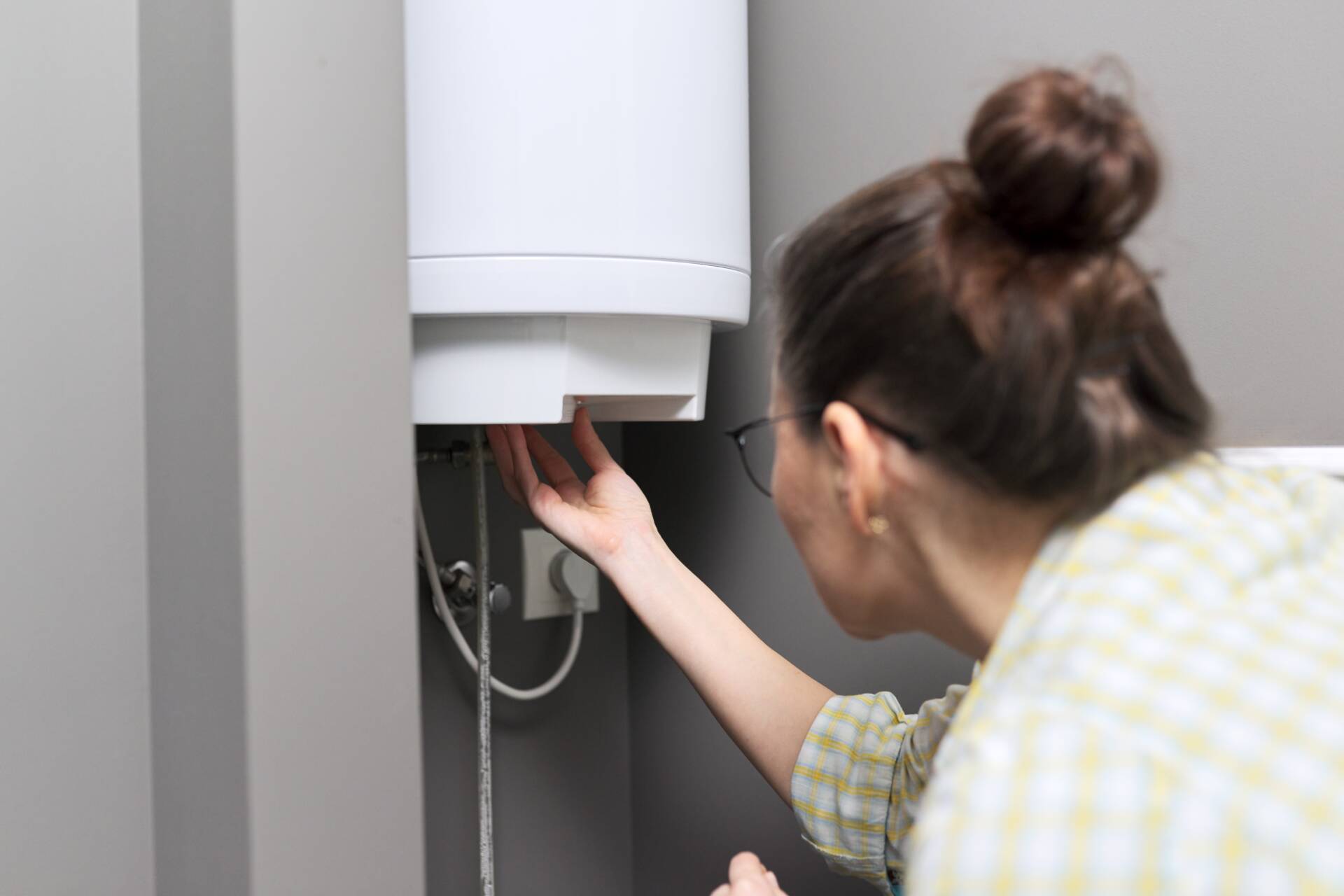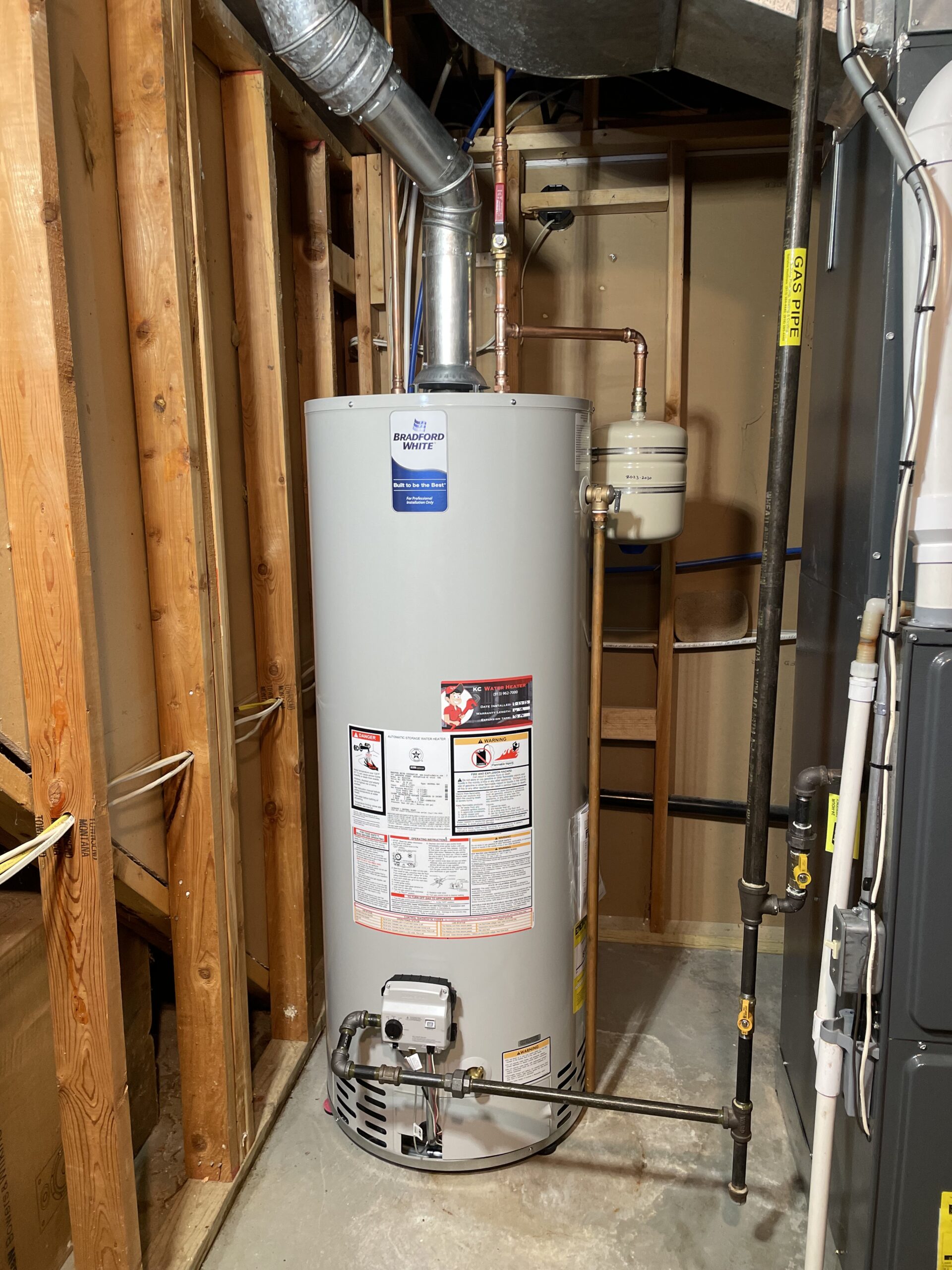Effective Techniques for Caring for Your Home's Hot Water SystemSteps to Prolong the Life of Your Home's Hot Water System Through Maintenance
Effective Techniques for Caring for Your Home's Hot Water SystemSteps to Prolong the Life of Your Home's Hot Water System Through Maintenance
Blog Article
Presented here in the next paragraphs you can discover additional sound advice with regards to How to Maintain a Hot Water Heater in a Few Simple Steps.

Hot water is crucial for daily convenience, whether it's for a revitalizing shower or cleaning recipes. To guarantee your hot water system runs efficiently and lasts much longer, routine upkeep is vital. This article supplies functional suggestions and insights on just how to preserve your home's warm water system to prevent disruptions and pricey repair work.
Intro
Maintaining your home's warm water system might seem daunting, however with a few easy steps, you can guarantee it operates smoothly for several years ahead. This guide covers whatever from recognizing your hot water system to do it yourself upkeep ideas and understanding when to employ professional aid.
Significance of Maintaining Your Warm Water System
Routine upkeep not just prolongs the life-span of your hot water system however likewise guarantees it runs effectively. Overlooking maintenance can lead to decreased efficiency, higher energy bills, and also premature failure of the system.
Indicators Your Hot Water System Demands Upkeep
Knowing when your warm water system needs focus can stop major issues. Look out for signs such as irregular water temperature level, odd noises from the heater, or corroded water.
Comprehending Your Hot Water System
Prior to diving into upkeep tasks, it's helpful to recognize the fundamental components of your warm water system. Generally, this consists of the water heater itself, pipelines, anode rods, and temperature level controls.
Regular Monthly Maintenance Tasks
Routine monthly checks can assist catch minor concerns before they rise.
Flushing the Hot Water Heater
Flushing your hot water heater removes debris buildup, boosting efficiency and lengthening its life.
Checking and Changing Anode Rods
Anode rods stop corrosion inside the storage tank. Inspecting and changing them when worn is crucial.
Checking and Adjusting Temperature Setups
Adjusting the temperature level settings guarantees optimum performance and security.
DIY Tips for Maintenance
You can execute several maintenance jobs yourself to keep your hot water system in leading condition.
Checking for Leakages
Routinely check pipes and connections for leakages, as these can lead to water damage and greater costs.
Testing Pressure Alleviation Valves
Testing the pressure safety valve guarantees it functions properly and stops excessive pressure accumulation.
Shielding Pipelines
Shielding hot water pipes minimizes warmth loss and can save energy.
When to Call an Expert
While DIY upkeep is valuable, some concerns require specialist knowledge.
Complex Problems Needing Specialist Aid
Instances include major leaks, electrical issues, or if your hot water heater is continually underperforming.
Regular Specialist Upkeep Advantages
Expert upkeep can consist of complete examinations, tune-ups, and ensuring conformity with security requirements.
Verdict
Normal upkeep of your home's warm water system is crucial for effectiveness, durability, and expense financial savings. By complying with these ideas and recognizing when to look for expert assistance, you can make sure a trustworthy supply of warm water without unforeseen interruptions.
How to Maintain an Instant Hot Water Heater
Before tinkering with your hot water heater, make sure that it’s not powered on. You also have to turn off the main circuit breaker and shut off the main gas line to prevent accidents. Also turn off the water valves connected to your unit to prevent water from flowing into and out of the appliance. 2. When you’re done, you have to detach the purge valves’ caps. These look like the letter “T” and are situated on either side of the water valves. Doing so will release any pressure that has accumulated inside the valves while at the same time avoid hot water from shooting out and burning your skin. 3. When the purge valves’ caps are removed, you have to connect your hosing lines to the valves. Your unit should have come with three hoses but if it didn’t, you can purchase these things from any hardware or home repair shops. You can also get them from retail stores that sell water heating systems. Read the user’s manual and follow it to complete this task properly. When the hosing lines are connected, open the purge port’s valves. 4. You should never use harsh chemical cleaners or solutions when cleaning your unit. Make use of white vinegar instead. It should be undiluted and you’ll probably use about 2 gallons. 5. Now flush your water heater. This task should probably take about 40 minutes. We can’t give you specific directions for this because the procedure is carried out depending on the type, model and brand of your heater. With that being said, refer to the user’s manual. 6. When you’re done draining the unit, you have to turn off the purge port valves again. Remove the hosing lines that you earlier installed on each of the water valves. Put the valve caps (purge port) back in their respective places and be very careful so as not to damage the rubber discs that are found inside these caps. 7. Now that everything’s back in place, check your user’s manual again to find out how to reactivate your water heating system. 8. Once it is working, turn one of your hot water faucets on just to let air pass through the heater’s water supply pipes. Leave the tap on until water flows smoothly out of it. https://www.orrplumbing.com/blog/2014/september/how-to-maintain-an-instant-hot-water-heater/

Hopefully you liked our part on Tips on Maintaining a Water Heater. Thank you for taking the time to read our content. Enjoyed our write-up? Please share it. Let someone else check it out. I take joy in your readership.
Schedule Today Report this page